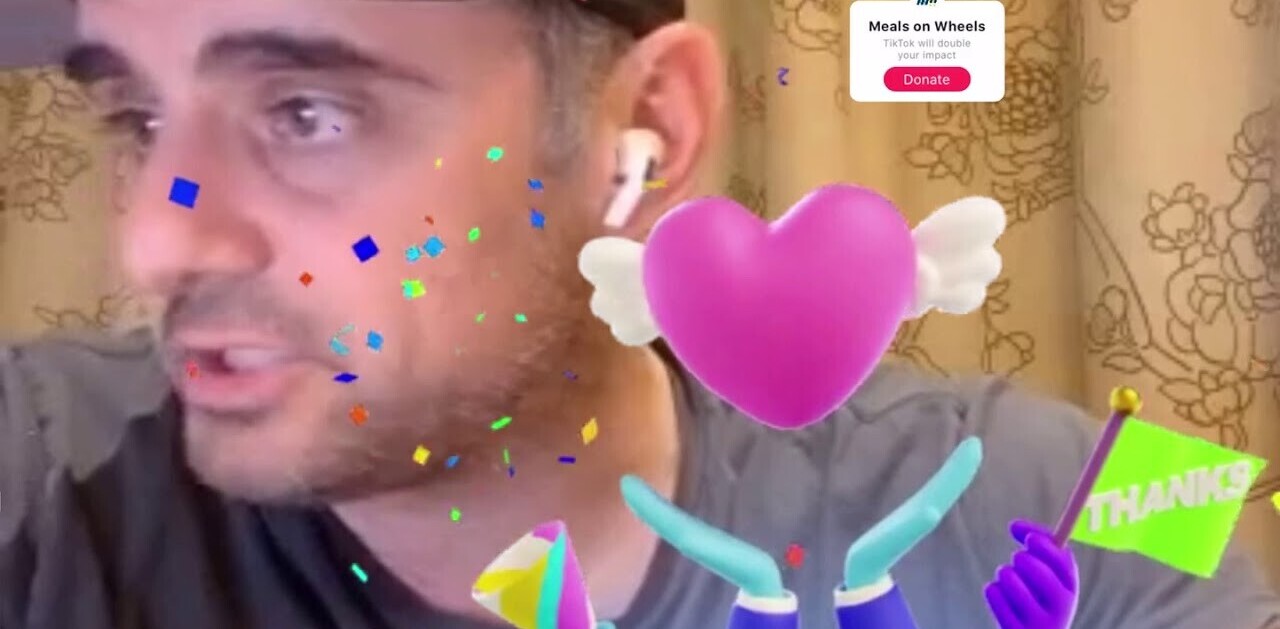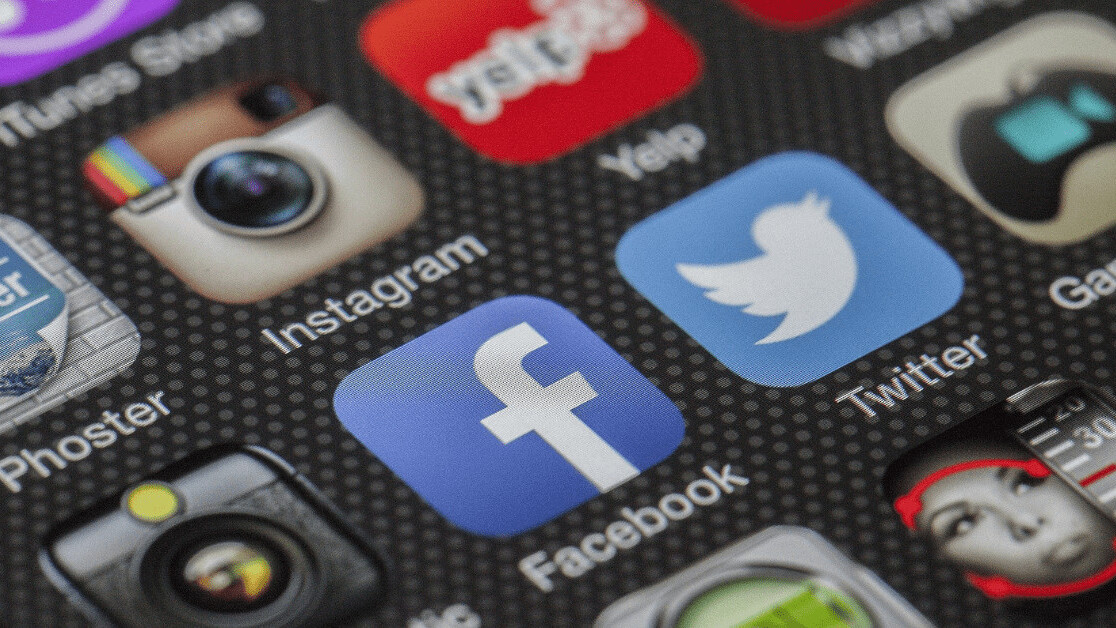
Over the course of a single weekend, at least 31 people were killed and dozens more were wounded in mass shootings in El Paso, Texas and Dayton, Ohio. These are unspeakable tragedies, and while we must take the time to grieve, we also need to learn from these incidents. How could someone be driven to commit such an atrocity, and what can we do to prevent this in the future?
I’d like to turn our attention to social media, a powerful technology that, when used inappropriately, can facilitate acts of terrorism like this, and when used appropriately, can prevent (or mitigate) them.
Obviously, mass shootings are the result of a myriad of interconnected factors, not the least of which includes the easy accessibility of firearms in the United States. But we owe it to ourselves and the people around us to examine all these factors, and take action on what we can.
The four factors most mass shootings have in common
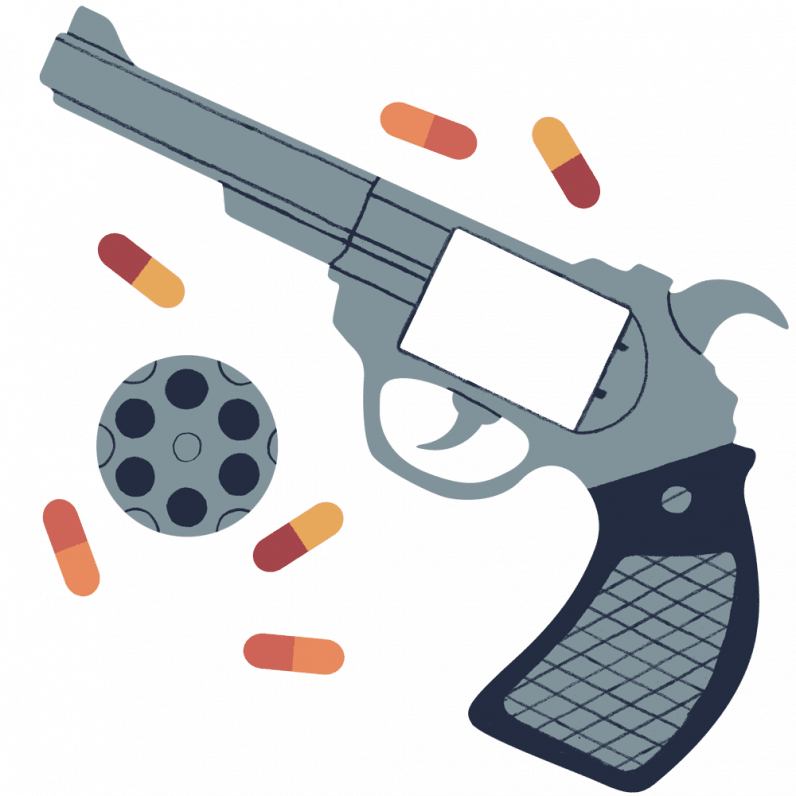
The National Institute of Justice has an impressive database covering every mass shooting since 1966, and every shooting incident at a school, workplace, or place of worship since 1999. The LA Times reviewed this information, ultimately noting that nearly every incident was driven by a perpetrator with four qualities in common.
First, most shooters were exposed to trauma and/or violence at a young age; they were victims of bullying, their parents were abusive, or they witnessed acts of violence firsthand. This often leads to depression, anxiety, suicidality, and other mental health conditions.
Second, most shooters reached some kind of “crisis point.” It could have been the loss of a job, the failure of a relationship, or some other major life event. This trigger point usually leads to a visible change in behavior, sometimes including specific threats of violence.
Third, most shooters (especially modern ones) spent time studying the mentality and actions of other shooters in the past. It’s shown that shootings are, to an extent, socially contagious; when troubled people see someone like them committing mass murder, they tend to glamorize the idea. They can then study their movements and actions to put together a plan of their own.
Fourth, all shooters had some way to carry out their plan. In other words, they had firearms and a way to get where they were going.
This fourth factor always gets a ton of attention, often at the expense of the other three. Instead of figuring out how to limit the glamorization of past mass shootings, mitigate childhood trauma, and better respond to people who reach crisis points, we only talk about improving laws related to gun acquisition and ownership. While this, too, is important, it’s not the only thing we have to worry about, especially considering each of these other three factors has some kind of tie to our use of social media.
Trauma, bullying, and exposure to violence
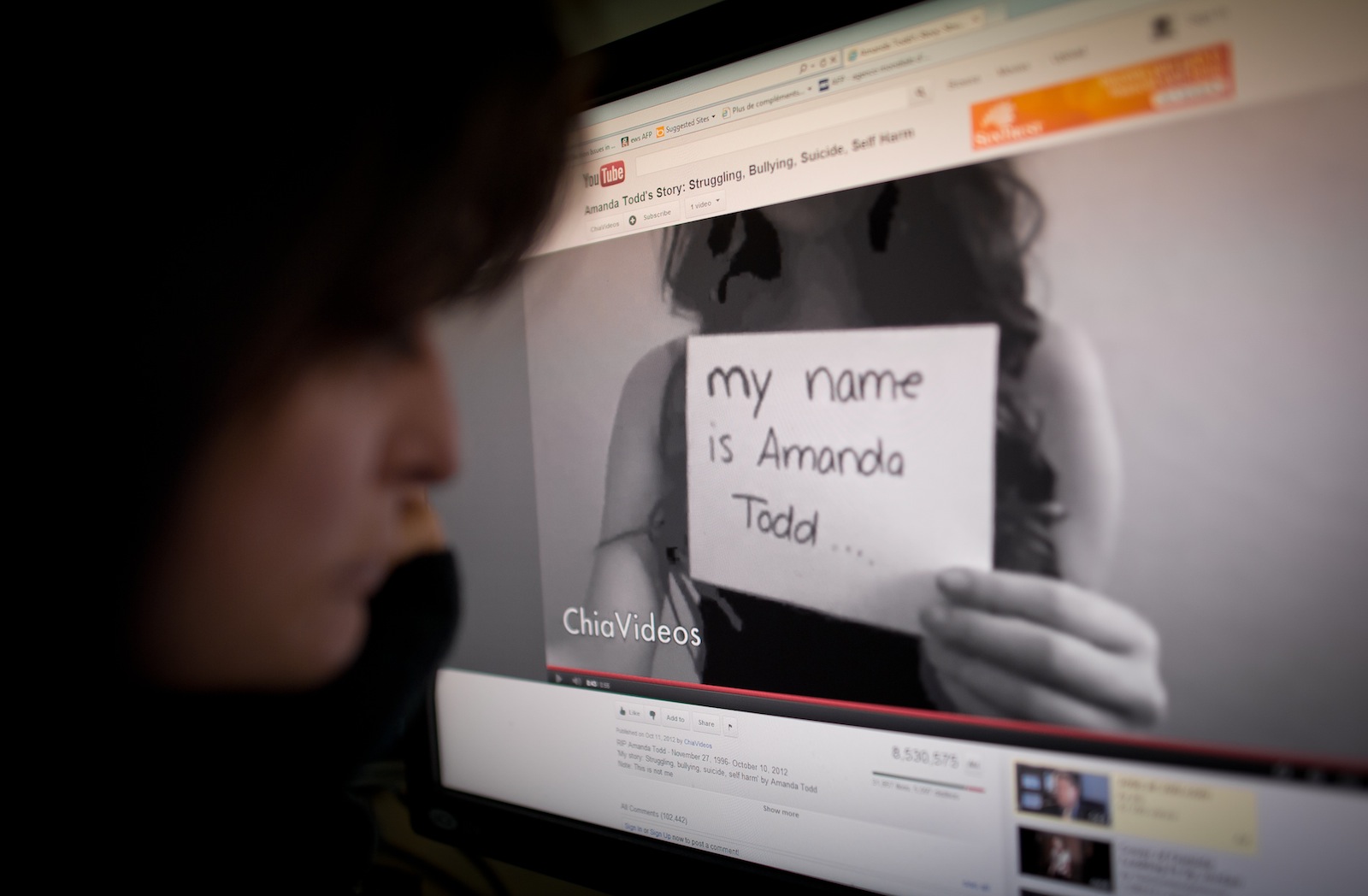
For starters, let’s look at the role of social media in exposing children to bullying and violence. Bullying and childhood trauma are, unfortunately, nothing new, but the speed and universality of social media makes it hit harder and spread faster. Cyberbullying is an epidemic in its own right, and we’re not taking it seriously enough. Part of the problem is that fewer than half of children who experience cyberbullying tell their parents, possibly because they underestimate its effects, or possibly because they know they won’t be taken seriously.
It’s also shown that heavy social media use even without cyberbullying leads to higher rates of loneliness, anxiety, and depression, all of which are precipitating mental health factors that could lead someone to violent action (given the presence of other precipitating factors).
Triggering events and changes in behavior
Look through some of the most recent mass shootings, and you’ll see that nearly every shooter displayed some kind of indication of their mental state in the days and weeks leading up to the event. Many of them posted complete manifestos online, stating their political or religious beliefs, with undertones of malice and hatred. Some completely spelled out their violent intentions. Others were subtler, posting about their crisis point and showing clear signs of emotionally struggling.
Hindsight is 20/20. If we took every online manifesto or cry for help as an indication of a forthcoming mass shooting, things would get chaotic fast. However, in the presence of other factors, we could be using social media more actively to look for potential threats, take preventative action when possible, and lend support to people who desperately need it.
Social contagions and preparation
It’s also worth noting how quickly news of mass shootings can spread online, and how we report on mass shootings in the media. Within hours, we usually know the suspect’s name and face, as well as most of the details of how they committed the act. We learn where they got weapons, how they planned the event, and how the police responded. We give attention to their political manifestos and online posts.
This heavy, transparent circulation produces the “contagious” effect we’ve become all too familiar with, inspiring more people to take up arms and commit an atrocity of their own. It also provides them with information they can use to plan their own shooting, potentially giving them clues on how to cause more damage, or evade capture for longer. Censorship and information limitation may not be the answer, but it could have a positive effect.
8chan and the galvanizing effect of echo chambers
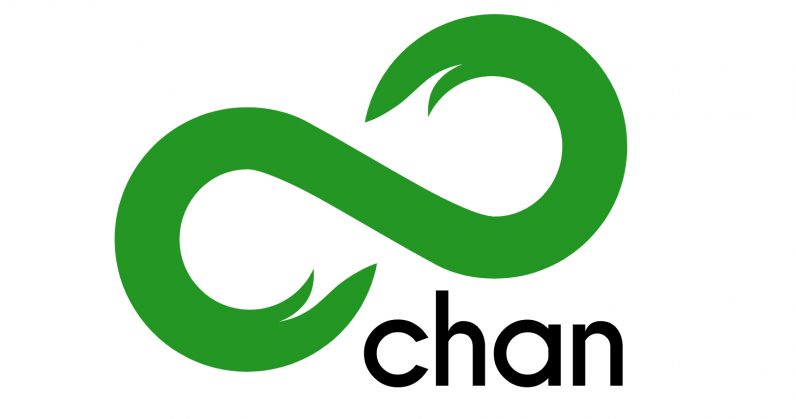
It’s also worth noting that there have been at least three acts of white supremacist extremist violence this year associated with 8chan, a social forum known for its open policy when it comes to content. Exploiting this open policy, the board is frequently host to alt-right discussions, racist tirades, and more notably, threats of violence. Users who frequent the board are trapped in a kind of echo chamber, where others are constantly reaffirming their beliefs and fears, and where people like them are glamorized for their heinous actions.
While most communities are nowhere near this unethical or extreme, it serves to show just how powerful and devastating echo chambers can be. When you spend enough time in a community that only galvanizes your existing attitudes, it’s easy to grow hateful and intolerant of anyone else. We all need to spend more time reaching out to individuals who don’t agree with us, and communities that do more than just make us feel like we’re right.
None of this is trying to make the argument that social media causes mass shootings (like the always-irritating argument that video games are to blame), or that if we simply pay more attention to social media, we could prevent them. Instead, it’s merely highlighting how intricately woven social media is in our lives, and how complex the inciting events leading to mass shootings truly are. Collectively, we need to be more alert, more compassionate, and in some cases, better restrained on social media. And in the realms of science and public policy, I think we’d be well-served with a deeper analytical plunge into social media as it relates to mass shooting incidents.
Get the TNW newsletter
Get the most important tech news in your inbox each week.
